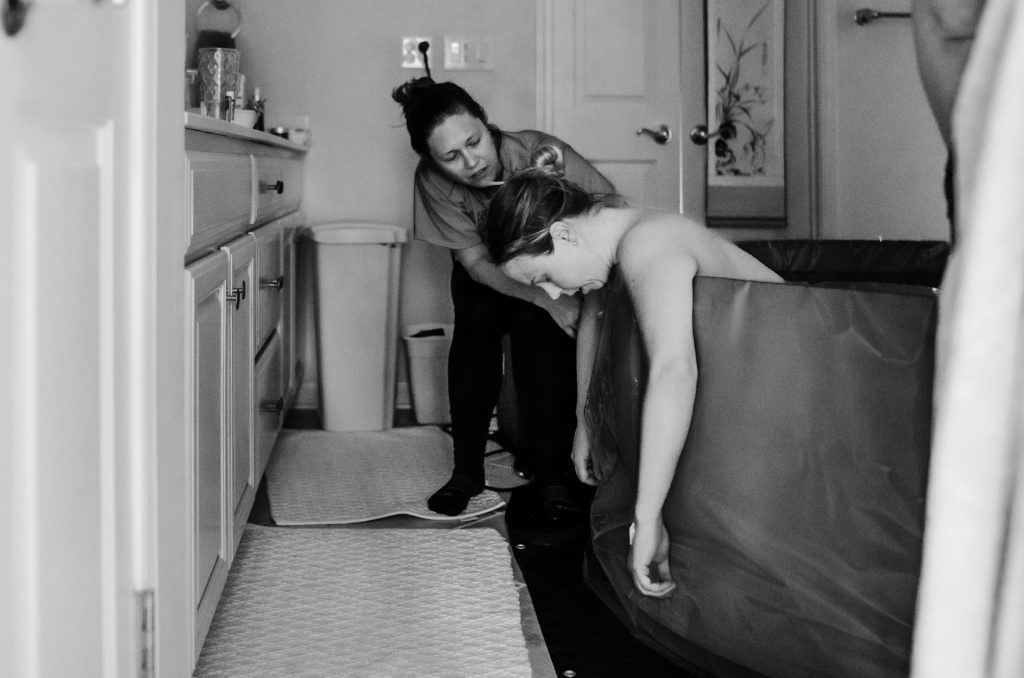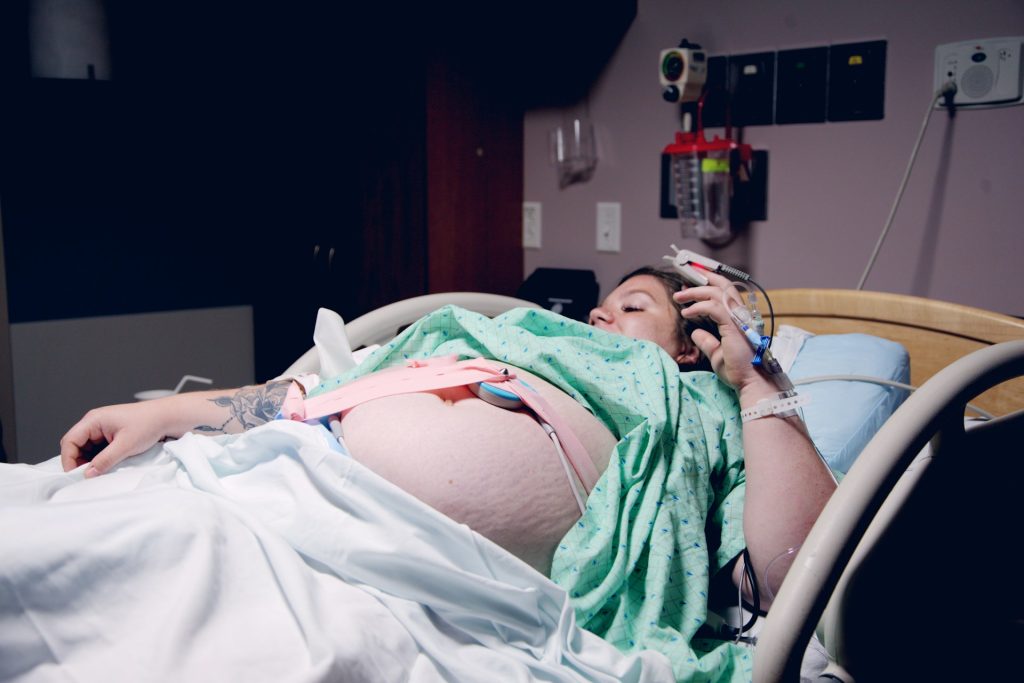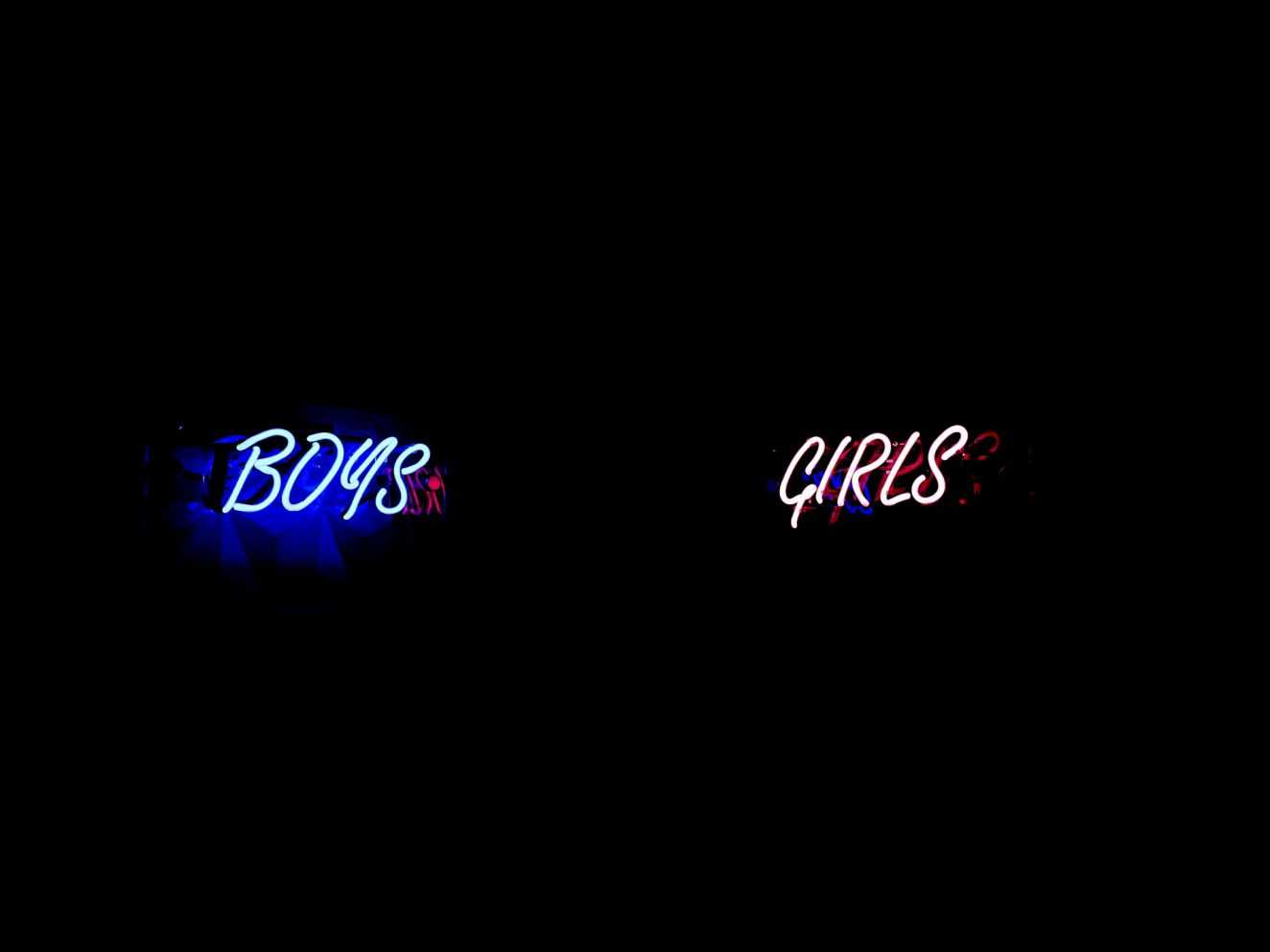Bringing a new life into the world is a miraculous journey, one filled with anticipation, excitement, and a touch of apprehension. As the big day approaches, your body undergoes a series of remarkable changes in preparation for the arrival of your little one. Let’s explore the intricacies of childbirth and unravel the mysteries of what happens to your body during this extraordinary process.

1. Braxton Hicks Contractions: Prelude to Labor
In the days leading up to labour, you may experience Braxton Hicks contractions—gentle tightenings of the uterus that serve as a prelude to the real deal. Unlike true labour contractions, these practice contractions don’t usually cause pain but help your body prepare for the journey ahead. Your midwife can distinguish between Braxton Hicks contractions and true labour contractions through a vaginal examination.
2. Changes to the Cervix: Ready for Dilation
As labour draws near, your cervix undergoes remarkable transformations. It softens and becomes thinner, priming itself for dilation—the widening of the cervix to allow your baby’s passage into the world. You may also notice a ‘show,’ a pinkish plug of mucus that signals impending labour.
3. Engagement: Baby’s Descent into Position
Your baby may descend further into your pelvis as labour approaches, a process known as engagement. This movement may alleviate pressure on your diaphragm, allowing you to breathe more easily—a phenomenon aptly termed ‘lightening.’

4. Rupture of Membranes: ‘Waters Breaking’
The dramatic rupture of the membranes, commonly known as ‘waters breaking,’ marks a significant milestone in labour. The sac of amniotic fluid surrounding your baby breaks, and the fluid leaks or gushes out of the vagina, heralding the onset of labour. It’s essential to inform your maternity team promptly and monitor the colour of the fluid, as abnormal colours may indicate potential complications.
5. Labor Initiation: A Gradual Onset
Contrary to cinematic portrayals, labour typically commences gradually rather than with sudden, intense contractions. You may experience restlessness, back pain, or digestive discomfort before contractions signal the official onset of labour. Contact your midwife when contractions begin, but don’t rush to the hospital until they become more frequent.
6. Understanding Your Body’s Design for Childbirth
Your body is intricately designed to facilitate the birthing process. Your pelvis, with its wider and flatter structure, provides ample space for your baby’s passage. During labour, uterine contractions, aided by the hormone oxytocin, propel your baby towards the cervix, while pelvic bones and ligaments adapt to accommodate the journey. Additionally, your baby’s skull, composed of separate bones capable of overlapping, aids in navigating the birth canal.
7. Navigating Unforeseen Challenges
Despite meticulous preparation, childbirth may deviate from the expected course due to various complications. From issues with placental health to challenges with the baby’s position or progress during labour, unexpected hurdles may arise. In such instances, interventions such as induction, assisted delivery, or even cesarean section may be necessary to ensure a safe outcome for both mother and baby.

Empowering Yourself with Knowledge
Childbirth is a profound and transformative experience, marked by the resilience and adaptability of the human body. By understanding the intricacies of labor and childbirth, you empower yourself to navigate this journey with confidence and informed decision-making. Don’t hesitate to reach out to your healthcare provider for guidance and support as you embark on this extraordinary adventure.





